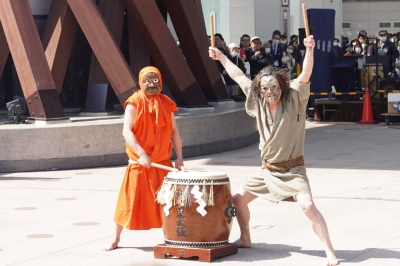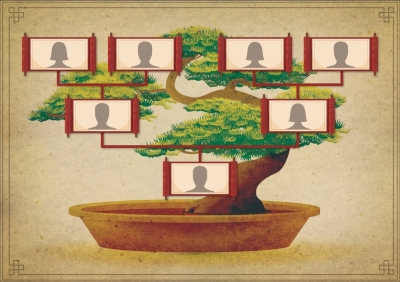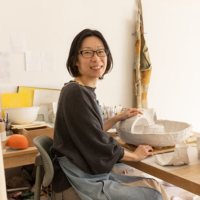THE ASIAN BOOKSHELF
Dec 28, 2008
Dec 21, 2008
Nov 30, 2008
Nov 16, 2008
Nov 2, 2008
Oct 19, 2008
Sep 7, 2008
Aug 17, 2008
Aug 10, 2008
Aug 3, 2008
Jul 27, 2008
Jul 20, 2008
Jul 13, 2008
Jul 6, 2008
Jun 29, 2008
Jun 15, 2008
Jun 8, 2008
Jun 1, 2008

















